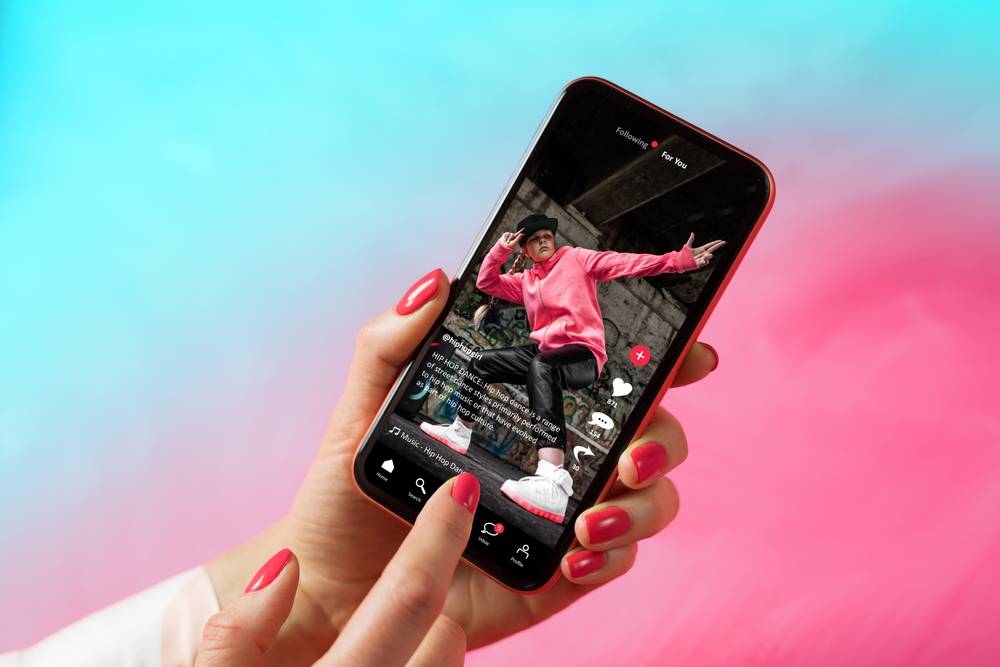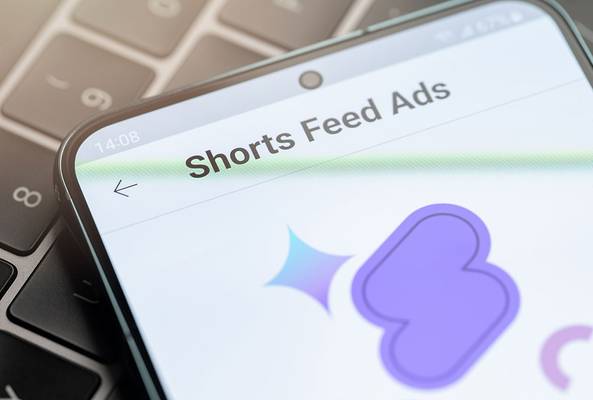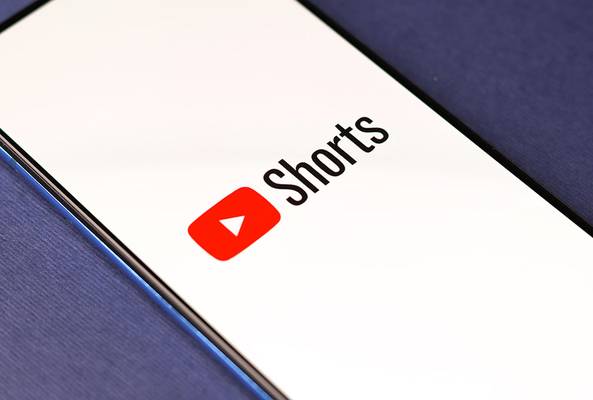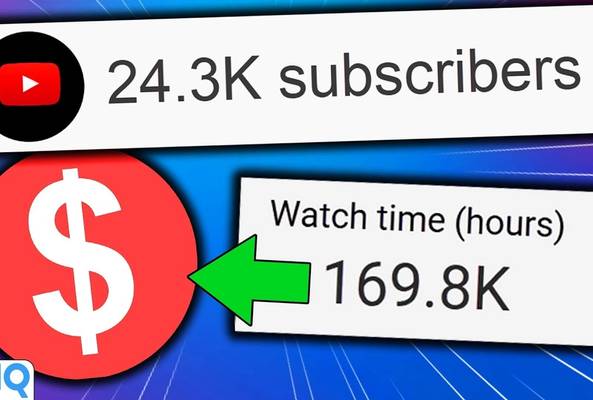Lydia Sweatt is a writer, bookworm, and bass guitar enthusiast. When she goes outside, a bicycle goes with her.
YouTube Shorts Not Paying the Bills? 4 Solutions to Boost Your Revenue
While scrolling Twitter, we noticed a shocking tweet about how much (or more accurately, how little) you can make from YouTube Shorts ad revenue. Pucky Pacheco, who has nearly 2 million subscribers, wrote:
"YouTube Shorts monetization update [for] one Short. 14 million views, 0:49 average view duration, $0.01 revenue per mille = $122.78. Good bonus money, not enough to make a living out of it."
This tweet is in reference to "La Cartera de Mamá," a viral Short on Pucky's channel. Surprisingly, a payout of $122.78 for this video translates to just $0.01 per 1,000 views.
Considering how low that is, we decided to follow up with Pucky and ask more questions. For one, why is his YouTube Shorts ad revenue so low? And second, how does this payout compare to the now-canceled YouTube Shorts Fund, which awarded the top creators up to $10,000 monthly?
Read More: YouTube Shorts Monetization: How to Profit from Short Videos
“The most I made from the Shorts bonus was $3,000 in a month,” Pucky says. “That’s not the amount I’m getting right now…it’s pushing me to experiment and try different things.”
While some creators earn $900 per Short — according to Pucky — others don't make nearly as much. Sometimes where they live or even the language they speak affects the advertising revenue on their channel. In Pucky's case, he makes cosplay-style videos in mostly Spanish, and the Latin American market is smaller compared with other locations.
Are you struggling to monetize your Shorts properly? Here’s what Pucky is doing to boost his income (and what you should do too).
1. Turn Your Shorts into Compilation Videos

According to Pucky, AdSense revenue for long-form videos is much higher than AdSense revenue for YouTube Shorts — at least right now. So why not take all of the popular Shorts on your channel, string them together, and create a compilation video? That way, you're using old content to make new money.
This strategy saved Pucky’s channel, but few creators use the hack to repurpose their Shorts.
“If you have a series of Shorts that are doing well, turn that series into one long-form video," Pucky says. "Put the Short with the most views at the beginning of the compilation and the one with the least views at the end. That will keep your audience retention high.”
As you build a compilation, don’t forget to create an eye-catching thumbnail for the video. Pucky says his click-through rate is higher (people who saw the thumbnail versus those who clicked on it) when there’s an attention-grabbing image.
2. Seek Brand Deals, Not Ad Revenue

A brand deal is when a company pays a creator to advertise a product or service on social media. That could be anything from meal kits to vacuums to cleaning solutions that can be used around pets; it just depends on a creator's audience and what they're willing to buy.
If your channel gets decent views, you can either pitch yourself to brands or have a talent agency find brand deals for you. You may have to "prove yourself" a bit more when it comes to agencies, but signing with one may be easier than you think. In fact, Pucky got signed after networking with Corey Tonge, another creator in his YouTube niche.
"I saw that he was signed with ViralCollab, and I said, ‘Hey, I want more information about your agency and what you guys offer,’ " Pucky says. "The co-founder saw my content and my channel and wanted to talk to me ASAP.”
According to Impact.com, micro-influencers on YouTube make between $500 and $3,000 per branded video. So brand deals are well worth the effort, especially if you have anywhere from 10,000 to 75,000 subscribers.
3. Become a Multi-Format Creator

YouTube Shorts are popular right now, but it's not the only thing you should focus on when it comes to making money.
“I see a term that’s going around a lot: multi-format creator," Pucky says. "I think that's the future now with this new monetization program. The more you do, the better off you are. If you do long-form, Shorts, Instagram, and Snapchat, it's better for you money-wise.”
Multi-format creators earn more because they monetize videos on several apps. Plus, they’re attractive to brands that want to advertise to customers on various platforms outside of YouTube. From Instagram to TikTok, these creators reach more of a brand’s audience for a much higher payout.
4. If All Else Fails, Embrace Longs and Shorts

If Shorts don't produce a viable income for you, it’s time to consider longs. These traditional, horizontal videos give creators the highest payout possible, so posting them alongside your Shorts can never hurt.
“If you're like me and you're not seeing a lot of revenue from Shorts, they’re still worth posting because people are discovering who you are,” Pucky says. “The views you get from Shorts might transfer into long-form views, merchandise, brand deals, or all those things.”
But if you’re new to YouTube, Pucky’s advice is clear: Do whatever gets you monetized first.
“If you think Shorts will get you monetized quicker, go hard on that until you're monetized,” he says. “Then transfer over to long-form. Or, do both because, at the end of the day, long-form pays better than Shorts right now.”



